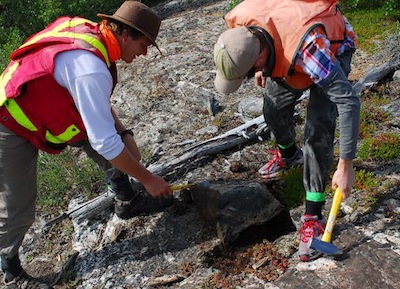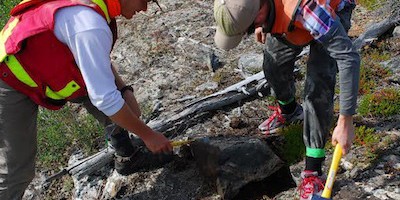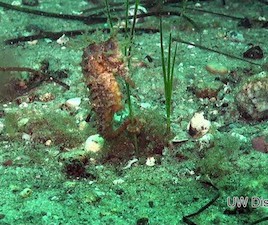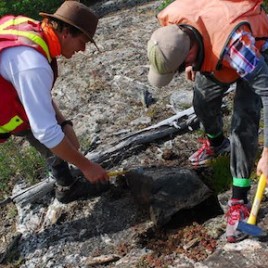
By examining 4 billion-year-old rocks from the Northwest Territories, scientists have reconstructed the processes that led to the formation of the first continents. (Photo credit: Ron Reimink)
A new analysis of some very old rocks from the Northwest Territories sheds light on how the very first continents formed.
Rocks that make up the continental crust are less dense than those in oceanic crust, and today formed mainly in subduction zones, where oceanic crust and water get forced downward under overlapping tectonic plates. But analysis of some of the oldest continental crust in existence – 4 billion-year-old rocks found north of Yellowknife – shows that they more closely resemble those found in Iceland, where water trickling through a submerged volcano interacts with magma to make less dense minerals that allowed the first continents to poke up through the sea.
Original research paper published in the the journal Nature Geoscience on May 25, 2014.
Names and affiliations of selected authors



